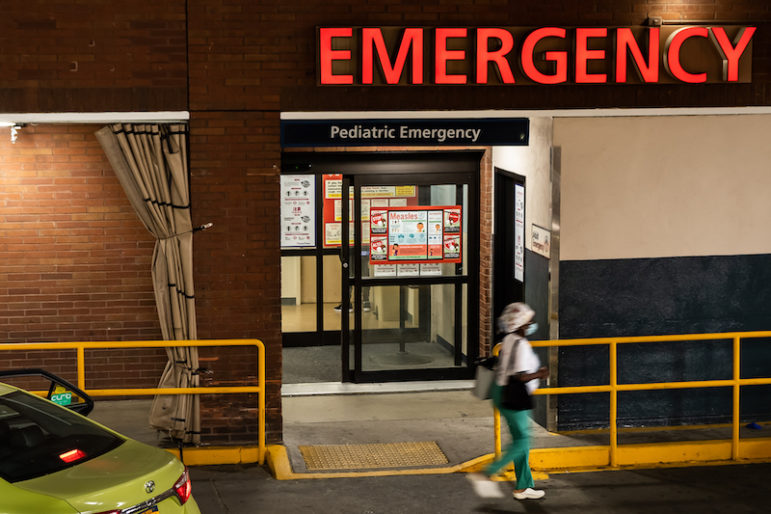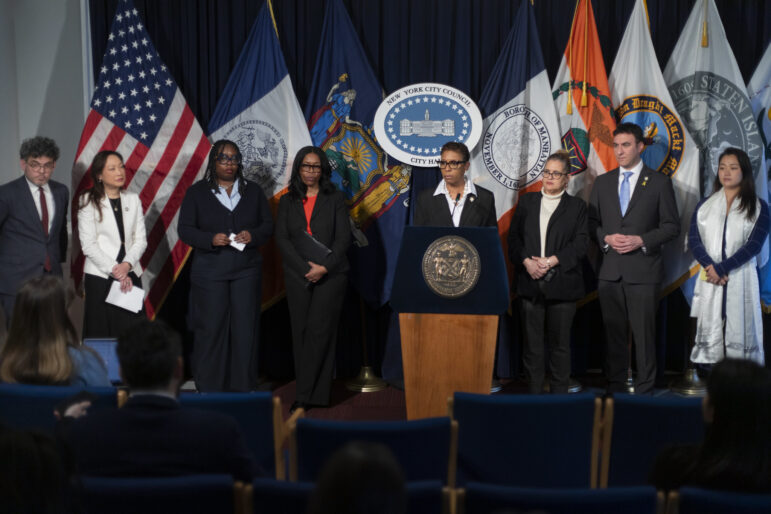School principals seeking more freedom to hire staff and develop curriculum can submit applications this week to earn special status from the Department of Education (DOE). A total of 200 high schools, middle schools and elementary schools will be chosen to become “Empowerment Schools” for next fall.
The plan is based on a two-year pilot program introduced in 2004, which put 48 high schools around the city in an “Autonomy Zone,” offering them more budgetary control and less instructional oversight in exchange for greater accountability [see First Principals, City Limits magazine, Jan/Feb 2005].
The program was introduced by Chancellor Joel Klein as part of his Children First school reforms and has been highly praised by the principals involved. “It’s been easier addressing our own needs instead of having an external person telling us what we need,” said Joseph Luft, principal of Flushing International High School, one of the initial members of the Autonomy Zone. “We have the internal conversation on an ongoing basis.”
The idea is that with more independence, school principals will be able to raise the performance of their schools. “Put control in the schools, [and you] remove any excuses for why the school is failing,” explained Eric Nadelstern, DOE’s chief executive officer for empowerment schools, in a panel discussion when the Autonomy Zone first started. In addition to more independence, the Empowerment Schools will receive roughly $250,000 each.
The new freedoms come with higher standards; schools are required to develop individual performance goals with the DOE, said spokesperson David Cantor. In the pilot program, the DOE set general performance goals for the schools. New schools had four targets, including a 90 percent attendance rate and getting 80 percent of students to pass standardized tests in English and Math. Older schools had 11 targets such as 80 percent annual graduation rate, 90 percent college acceptance, and getting 80 percent of students to pass all five Regents exams. The program seemed to fare well in its first year, when 11 of the 26 schools involved in the program’s first year (42 percent) met all the targets, while another 11 met most.
If the schools miss any targets, there are different levels of consequences for different degrees of failure. For example, the 11 schools that met most of their targets received “level one” consequences, which meant they had to develop ways of meeting them next year. The four schools that fared poorly must submit quarterly reports on various individualized trouble areas. The program’s second year progress report will be available by mid-July.
Inside Schools, a local educational project of Advocates for Children of New York, lauds the concept of Empowerment Schools, but thinks that younger principals would benefit from a closer working relationship with local instructional superintendents. “No matter how talented they are, its unrealistic to think they won’t need some kind of guidance,” said Clara Hemphill, project director at Inside Schools.
But Ben Shuldiner, the 29-year-old principal of the High School for Public Service in Brooklyn said he felt more supported in the Autonomy Zone program than he had previously. “I have a mentor who happens to be a superintendent in Brooklyn and he was a principal for many years.”
Many other principals receive this kind of support through the leadership coaching program run by New Visions for Public Schools, a nonprofit that helps fund and facilitate the opening of smaller theme-based high schools. Twelve of the new schools that were in the Autonomy Zone pilot were created through New Visions.
With the expansion of the program to 200 schools, principals will be placed in networks of 20 schools for extra support. Schools that apply will find out whether they have been chosen for the program in early June.







